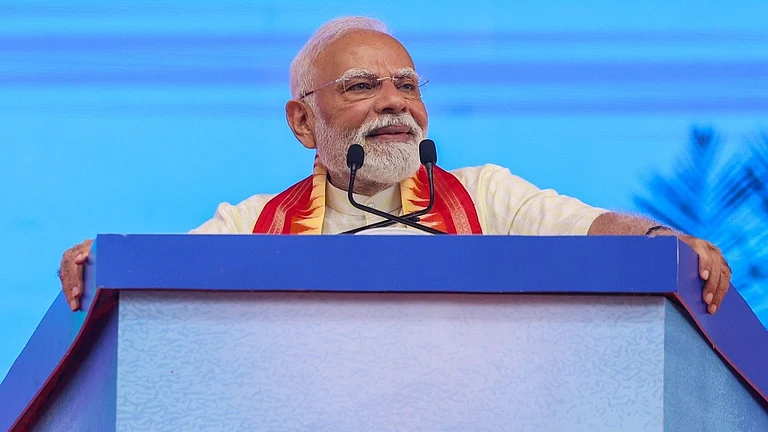India’s US oil imports surged to 593,000 bpd, highest since March 2021.
Russian crude purchases stayed robust at 1.61 million bpd, slightly below average.
Rise driven by strong arbitrage, wider Brent-WTI spread, weak Chinese demand.
US sanctions on Rosneft, Lukoil may curb Russian flows post-November 21.
India’s Crude Oil Imports from US in October Hit Highest Level Since 2021 Amid Steady Russian Purchases
In October, imports of Russian oil were marginally higher than in September, at a time when Indian refiners bought 1.57 million bpd.
India’s monthly crude oil imports from America witnessed a rise in October to their highest level since March 2021 even as purchases of Russian oil stayed robust at 1.61 million barrels per day (bpd) but slightly below the year-to-date average of 1.73 million bpd, data from maritime intelligence firm Kpler said.
In October, Indian refiners imported 593,000 bpd of crude oil from the US, showing a sharp rise from 207,000 bpd in September and well above the year-to-date average of 305,000 bpd. This growing share of US oil in India’s crude basket highlights the strong energy ties between the two countries and reflects India’s strategy to balance supply security, economics and geopolitics.
Speaking to Business Standard, Sumit Ritolia, lead research analyst for refining and modelling at Kpler said, “The increase was economics-led, supported by a strong arbitrage window, a wider Brent-WTI spread, and weak Chinese demand that made WTI Midland competitive on a delivered basis.” He further noted, “That said, further upside is limited, as the rise is arbitrage-led, not structural, constrained by longer voyage times, higher freight costs, and WTI’s lighter, naphtha-rich yield.”
Additionally, in October, imports of Russian oil were marginally higher than in September, at a time when Indian refiners bought 1.57 million bpd. The crude import data from October may not yet fully reflect India’s purchasing strategy following the latest round of US sanctions on major Russian oil firms. Cargoes arriving from Russia in October would have been booked between mid-August and September, given freight times of 30 to 45 days.
US President Donald Trump sanctioned two Russian oil companies, Rosneft and Lukoil in an effort to curb Russia’s financial capacity and end the war in Ukraine, as effective from November 21. The two firms supply around 60-70 per cent of India’s Russian crude imports.
“Following the sanctions, we observed accelerated Russian crude arrivals ahead of the deadline, with no refiner except Nayara expected to import from sanctioned suppliers thereafter,” Ritolia said. He further stated, “Russian crude flows are likely to remain around 1.6-1.8 million bpd until November 21, before tapering as refiners avoid potential OFAC (office of foreign assets control)-related exposure.”
Imports of Russian crude in December and January were expected to decline notably as refiners assess the impact of sanctions and rebuild supply chains, he said, as reported by BS.
India’s state-run refiners usually buy Russian crude on the spot market through intermediaries, insulating them from direct exposure to sanctions. On one hand, private oil major Reliance Industries (RIL) has a term deal with Rosneft for 500,000 bpd while on the other hand, Nayara Energy is 49 per cent owned by the Russian company.
As of now, Indian refiners are expected to continue sourcing Russian grades through non-sanctioned intermediaries. State-run Indian Oil Corporation (IOCL) has said it will comply with sanctions but not stop buying Russian oil altogether. While addressing a post-earnings investor call last week, Anuj Jain, director of finance at IOCL said, “If somebody comes to me (with Russian oil) which is a non-sanctioned entity, and the cap is being complied with, the shipping is okay, then I will continue to buy it.”
As of October, India’s crude imports from its traditional West Asian suppliers also remained strong. In addition to that, Iraq and Saudi Arabia supplied 826,000 bpd and 669,000 bpd respectively, while the UAE provided 363,000 bpd.

